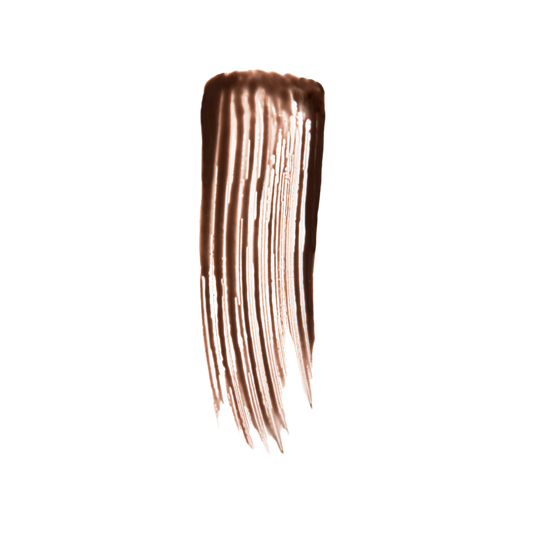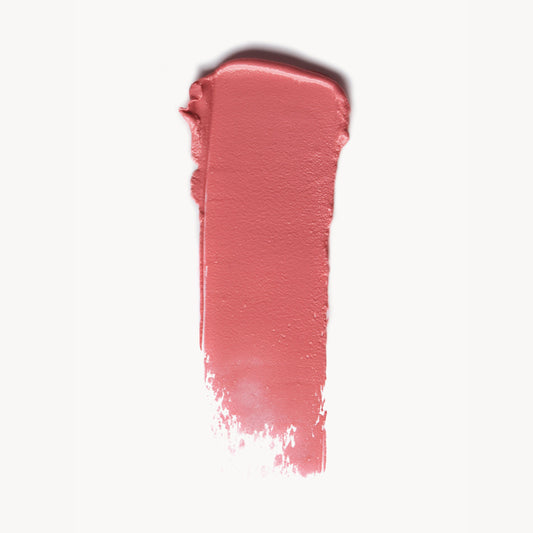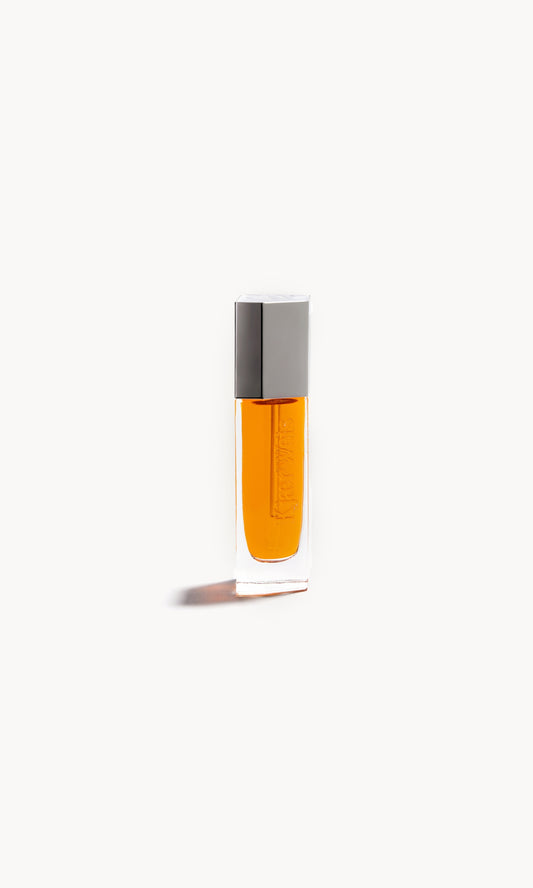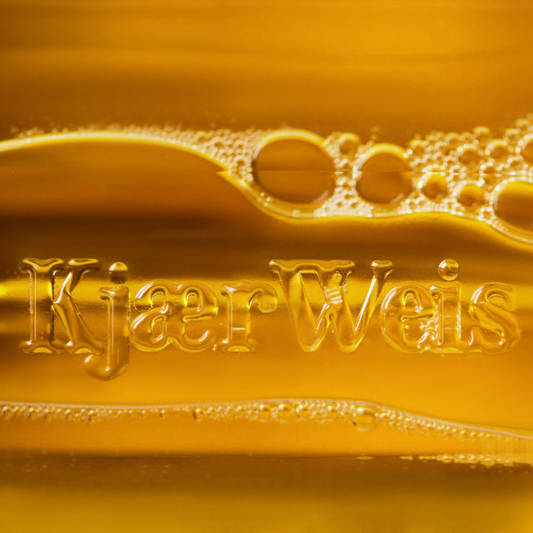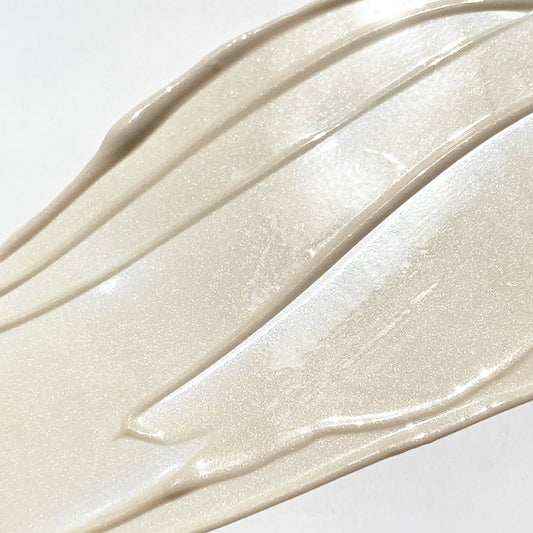A Celebration of Light
The Magic of Scandinavian Summer
Written by Andy Hume

Shed the shroud of darkness on Scandinavia’s favorite seasonal celebration.
Originally a pagan celebration, with roots tracing back over 2,000 years, Midsummer was first celebrated on the summer solstice, June 21st—the longest day of the year.
As Christianity entered Scandinavia, Midsummer became associated with Saint John the Baptist, who was said to be born six months before Christ. So, it is now called Saint John’s Day, Midsummer, or Midsummer’s Eve—most often celebrated on the Friday and/or Saturday between June 20th and June 26th.
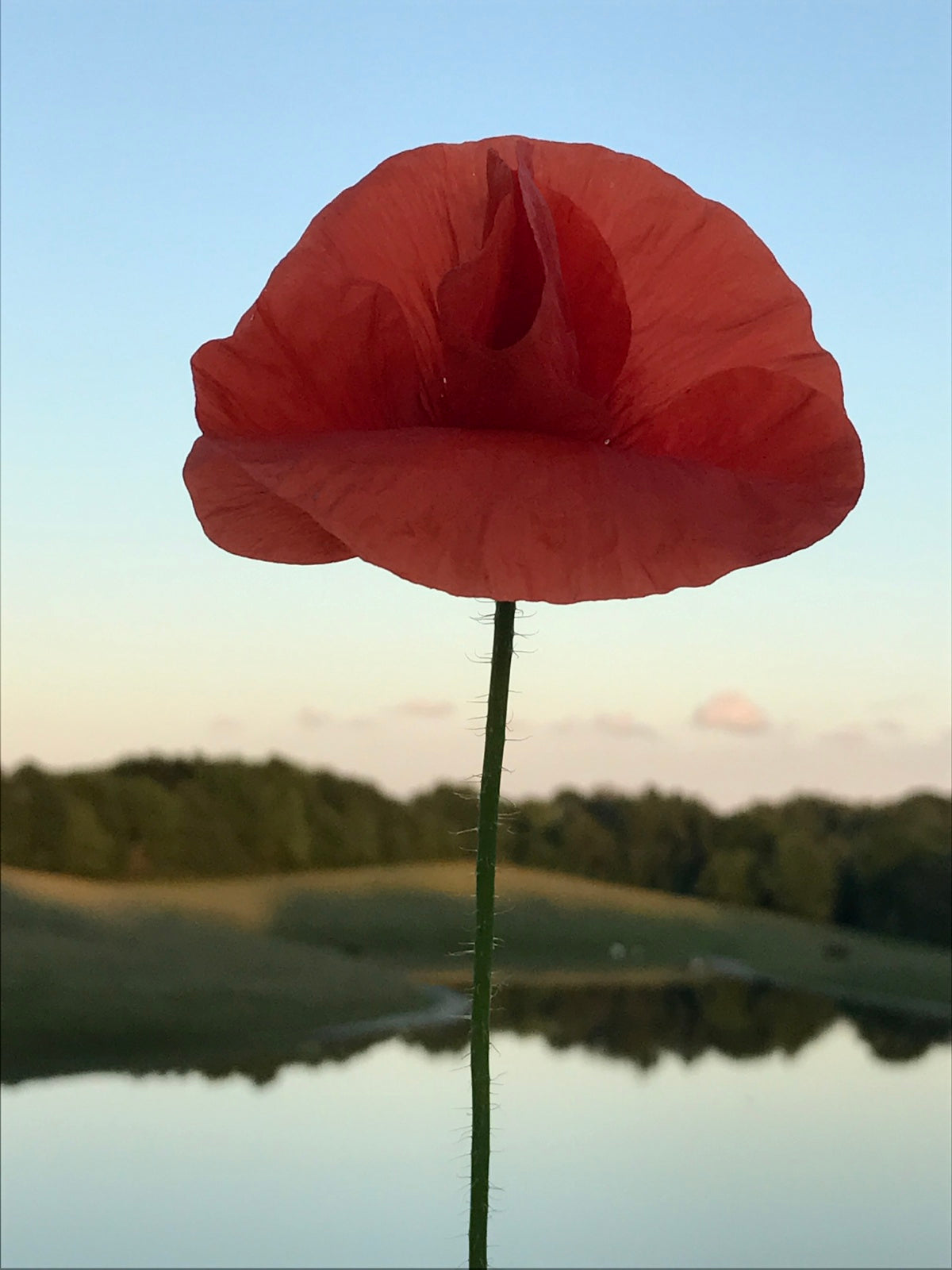
In a part of the world where winters are so long and dark, with daylight sometimes lasting only a few hours, the people make it a point to take full advantage of extended summer days. The blue skies and bright green foliage are held in high regard, as Scandinavians excitedly wait for the days to extend to near total daylight.
Feel the magic and power of nature—bask in the sun and celebrate the longest days of the year. It is a tradition at the very heart of Scandinavian culture.
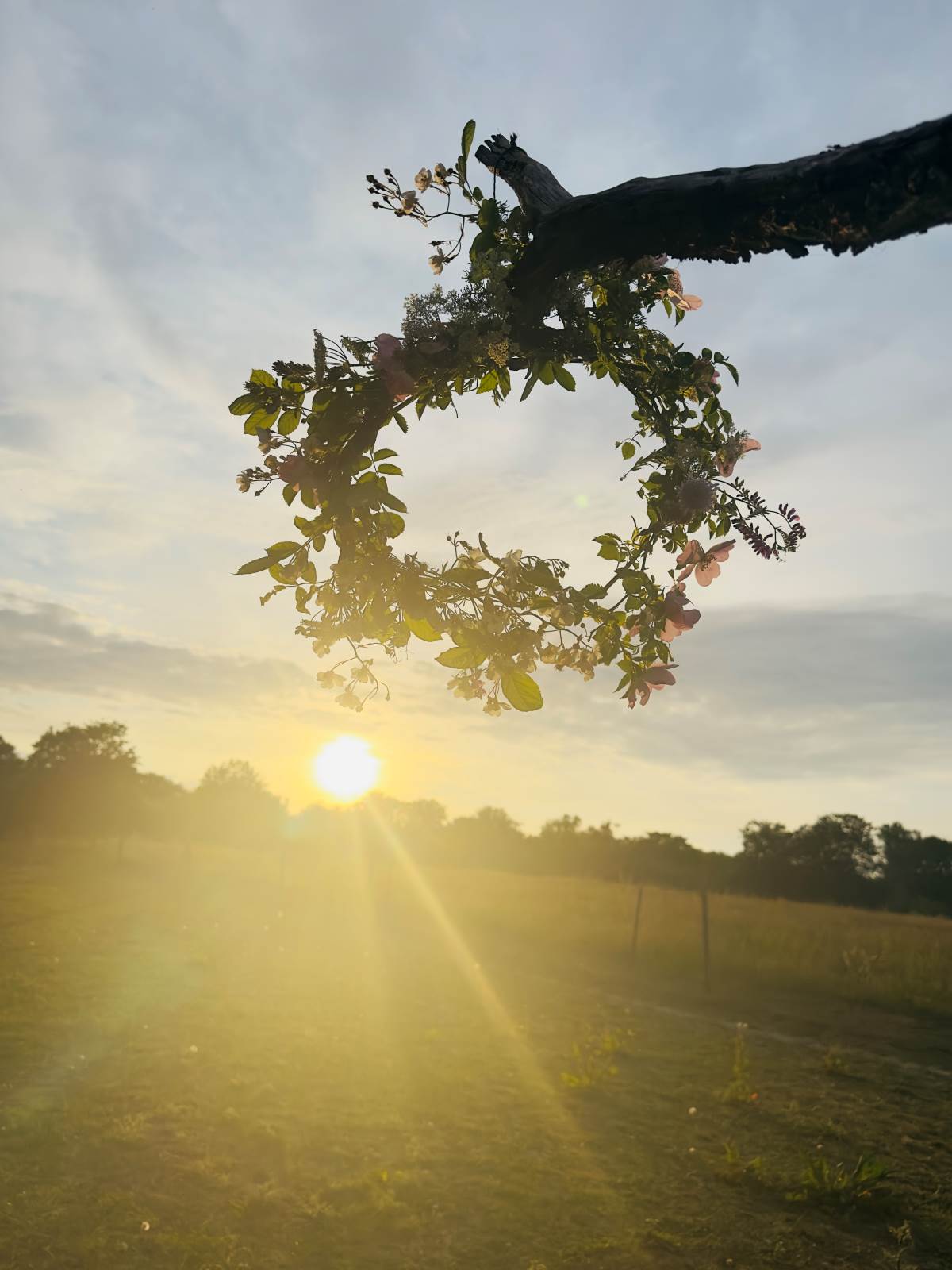
Throughout the centuries, European artists have flocked to the region this time of year to capture the crisp, yet golden light. It evokes powerful, mystical feelings and bathes the landscape in a radiant glow that you simply can’t witness anywhere else.
Midsummer is a holiday as revered as Christmas, although it doesn’t include gifts. It is a celebration of love and laughter, dancing and song, to usher in the abundance of summer. It is a celebration of fertility and the conquering of light over darkness, with huge festive bonfires—originally lighted to ward off evil spirits and rejoice in the light.

This is the beginning of the harvest of fresh fruits and vegetables that aren’t available for most of the year. Many will leave the city for the countryside to spend days or weeks around wooded lakes. Others will have backyard garden parties with huge outdoor feasts—gathering friends, neighbors, and generations of loved ones.
The Scandinavian landscape comes alive with color, as flowers bloom and fruit trees sprout buds that will soon produce fruit. For centuries, Midsummer has been the traditional time to gather and dry curative herbs to be used in tinctures, teas, and tonics. And don’t forget aquavit, of course, the classic Scandinavian herbal schnapps.
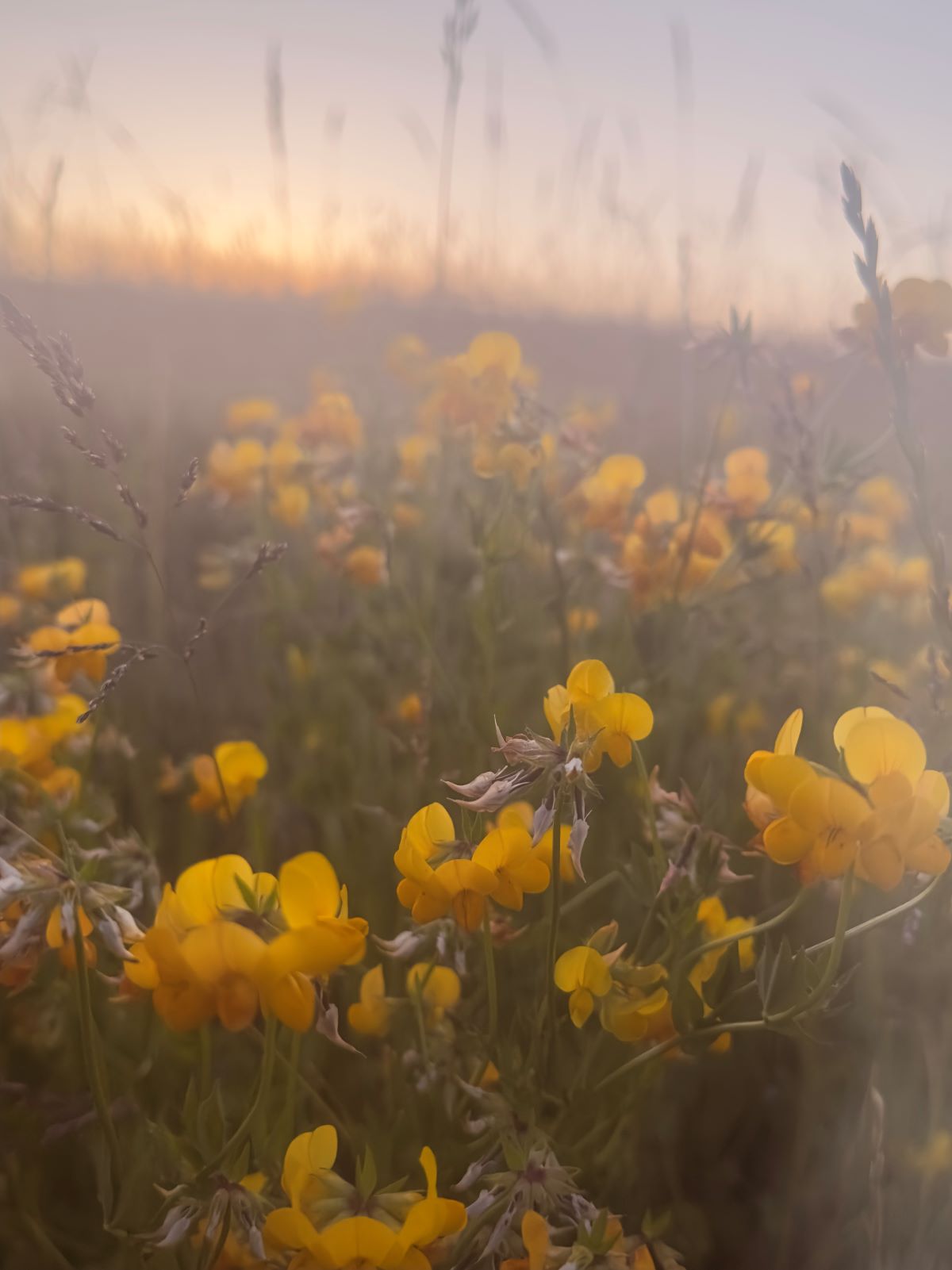
Children and adults, alike, will don intricate flower wreath crowns and dance around the bright flowers, leafy garlands, and colorful hanging ribbons of the maypole. As they circle, dancers weave the ribbons around the pole, a dance originally practiced to encourage fertility.
Then it’s time to feast. From intimate picnics to massive, city-wide celebrations, Midsummer dining gathers all of the best seasonal delicacies: fresh-caught fish and pickled herring, boiled new potatoes with garden-grown dill, succulent lingonberries, cloudberries, and strawberries with fresh cream, a bit of bubbly, and maybe a touch of aquavit.
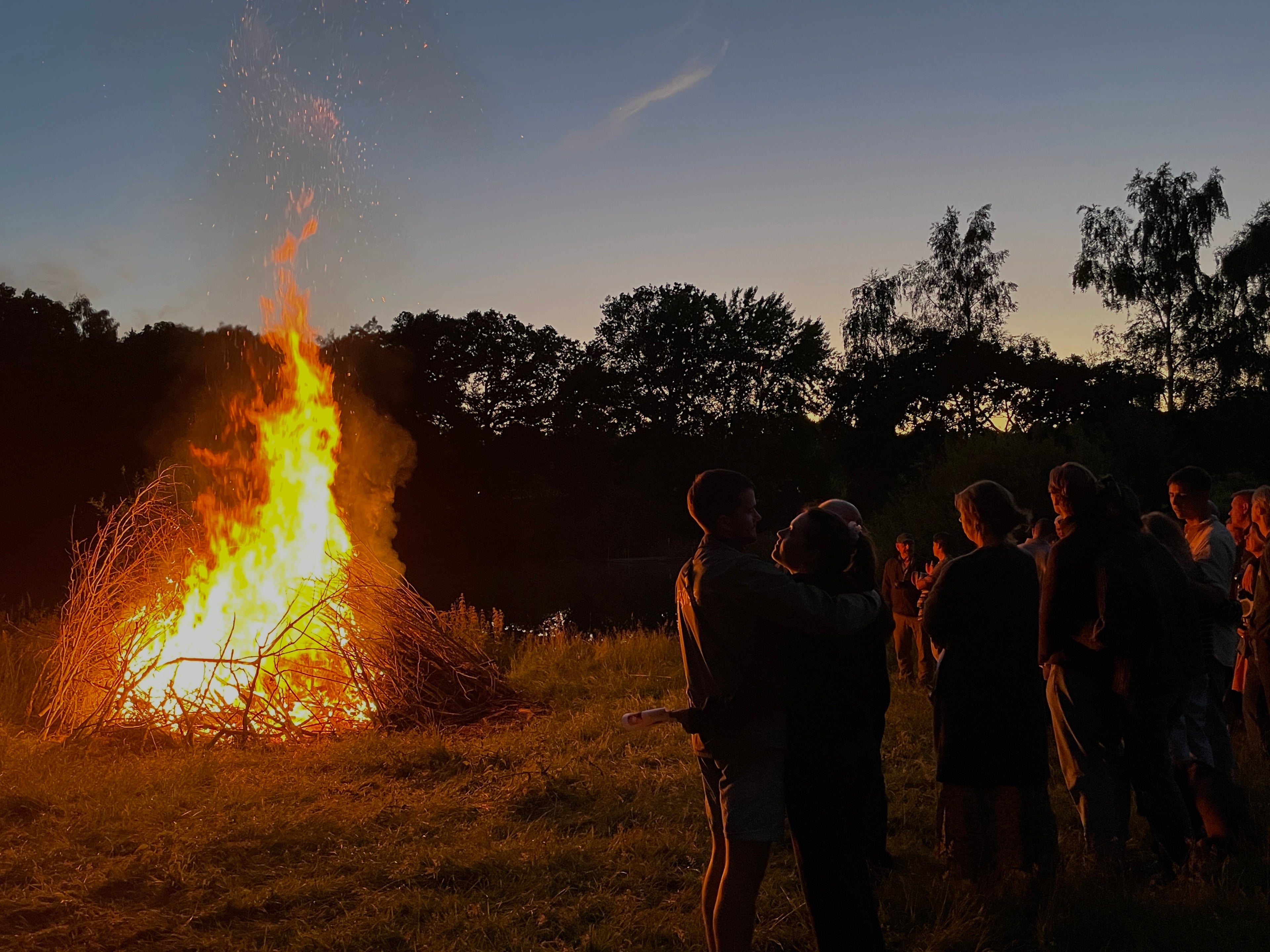
With Midsummer days lasting between 17 and 20 hours throughout the region, many revelers
may not go to bed at all during the festivities, instead opting to wait for the few hours of
darkness and the glow of the bonfire under the barely blackened sky. It is a celebration that comes only once a year, and it’s best to squeeze every last drop of sweet, sweet summer. This summer we invite you to celebrate the magic of nature and light, and hold a vision for the fruitful harvest to come.
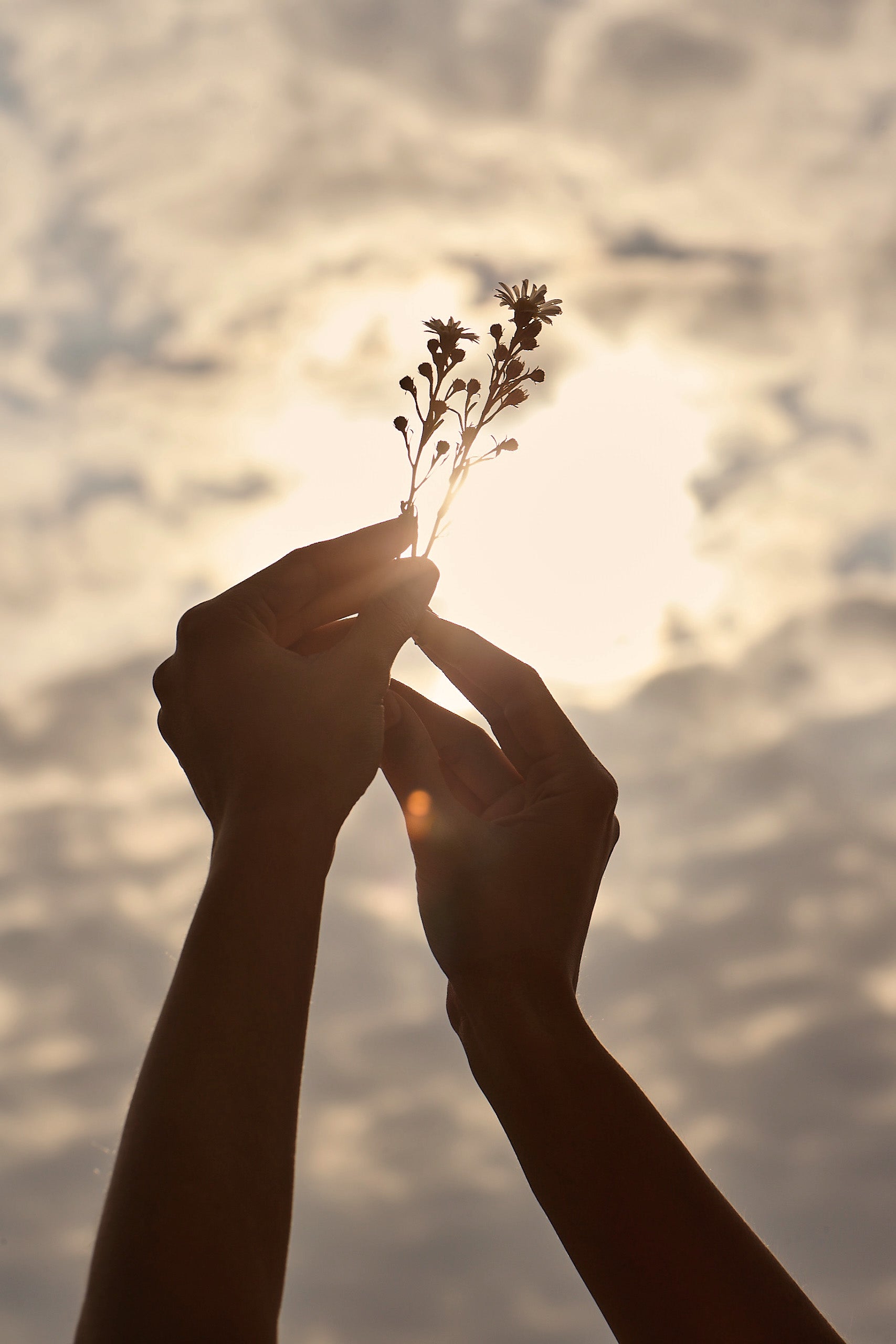
With Kjaer Weis’s roots in Scandinavia, Midsummer always holds a special place in our hearts, as well. And you’ll see this heritage in our bright and beautiful colors, from cheek to lip, creating a true celebration of sun-kissed summer nights.
Although not mandatory, and while we neither encourage nor discourage the practice, Midsummer festivities often end in a skinny dip at night, occasionally inspired by a sip of aquavit, akvavit, or akevitt—depending on which part of Scandinavia you call home.











